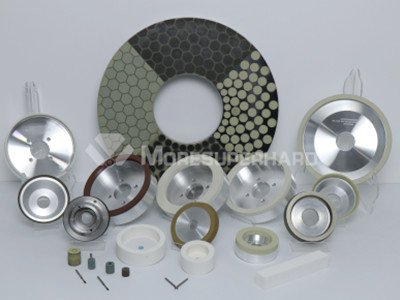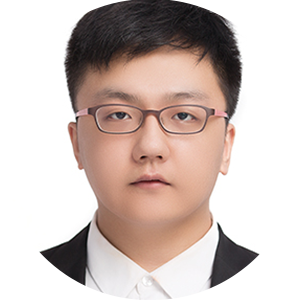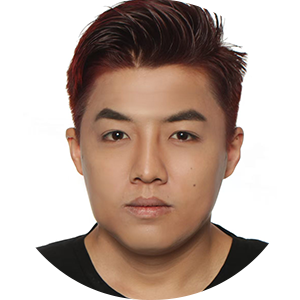06
Jun
In the modern era of high-performance electronics, semiconductors, and advanced ceramics, silicon-based materials play a vital role. These materials, including monocrystalline silicon, polycrystalline silicon, silicon carbide (SiC), and silicon nitride (Si₃N₄), are widely used in industries such as microelectronics, photovoltaics, aerospace, medical technology, and precision optics. However, due to their high hardness, brittle nature, and sensitivity to heat, grinding these materials requires ultra-precise, high-performance tools—specifically, diamond grinding wheels.
![]()
Diamond is the hardest known material, making it ideal for grinding hard and brittle substrates. Compared to conventional abrasives, diamond grinding wheels provide:
| Material | Properties | Applications |
|---|---|---|
| Monocrystalline Silicon | High purity, brittle | Semiconductor wafers, solar cells |
| Polycrystalline Silicon | Grainy, hard | Photovoltaics, integrated circuits |
| Silicon Carbide (SiC) | Ultra-hard, heat resistant | Power electronics, ceramics, LED substrates |
| Silicon Nitride (Si₃N₄) | Tough, wear-resistant | Bearings, turbine parts, ceramic components |
| Quartz / Silica (SiO₂) | Transparent, brittle | Optics, photonics, glass lenses |
Depending on the material and process, different bond types and wheel shapes are used:

![]()

![]()
![]()
Diamond grinding wheels can achieve ultra-flatness, mirror-like surfaces, and sub-micron tolerances, which are critical in the production of semiconductors and advanced ceramics.
The synergy between diamond grinding wheels and silicon-based materials enables next-generation technology in electronics, energy, and precision engineering. Whether you are working with monocrystalline silicon wafers or ultra-hard SiC substrates, choosing the right diamond grinding tool is essential to ensure productivity, surface quality, and precision.
Contact our team of diamond tool specialists today to get expert advice and high-performance grinding solutions tailored to your needs.







